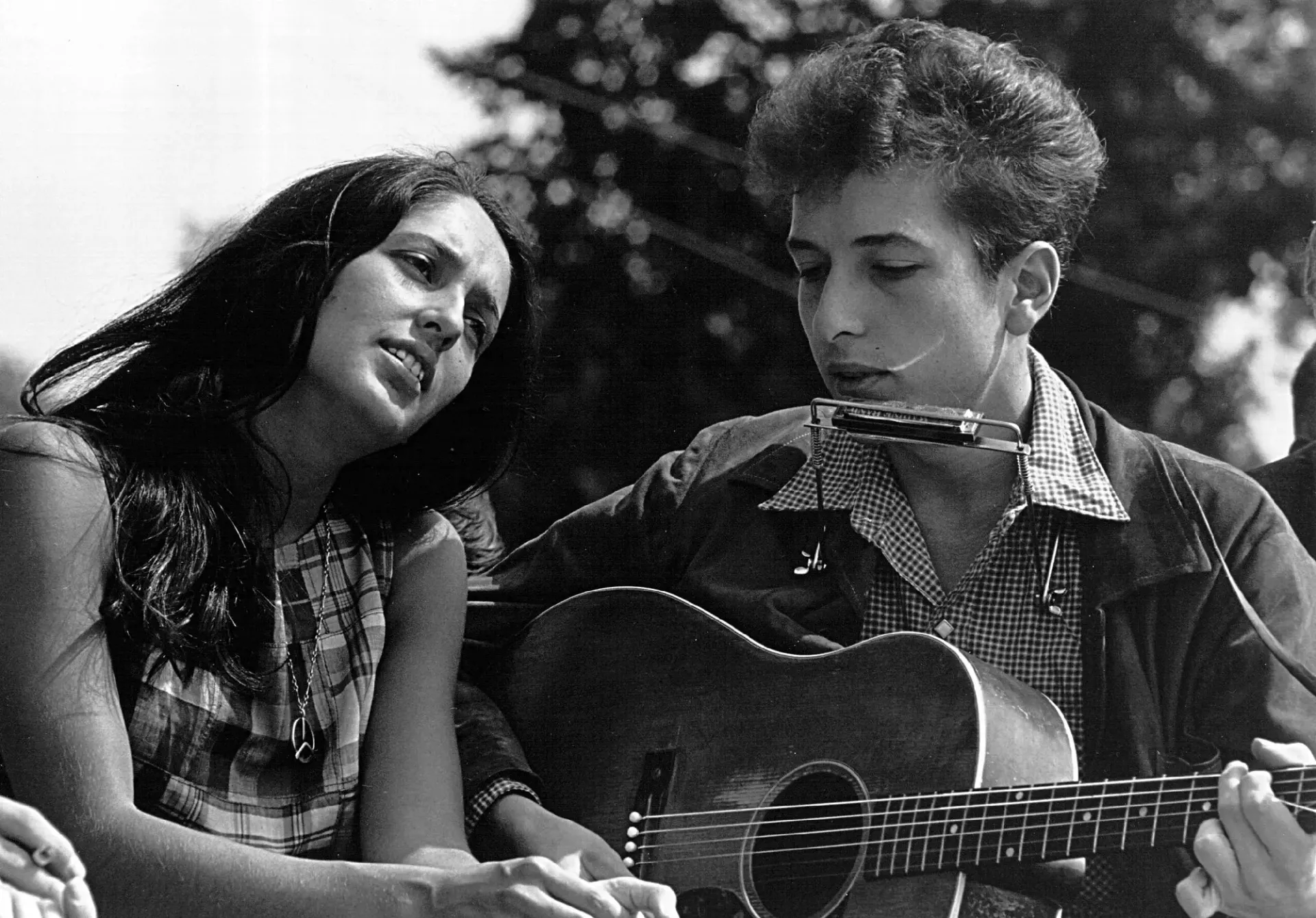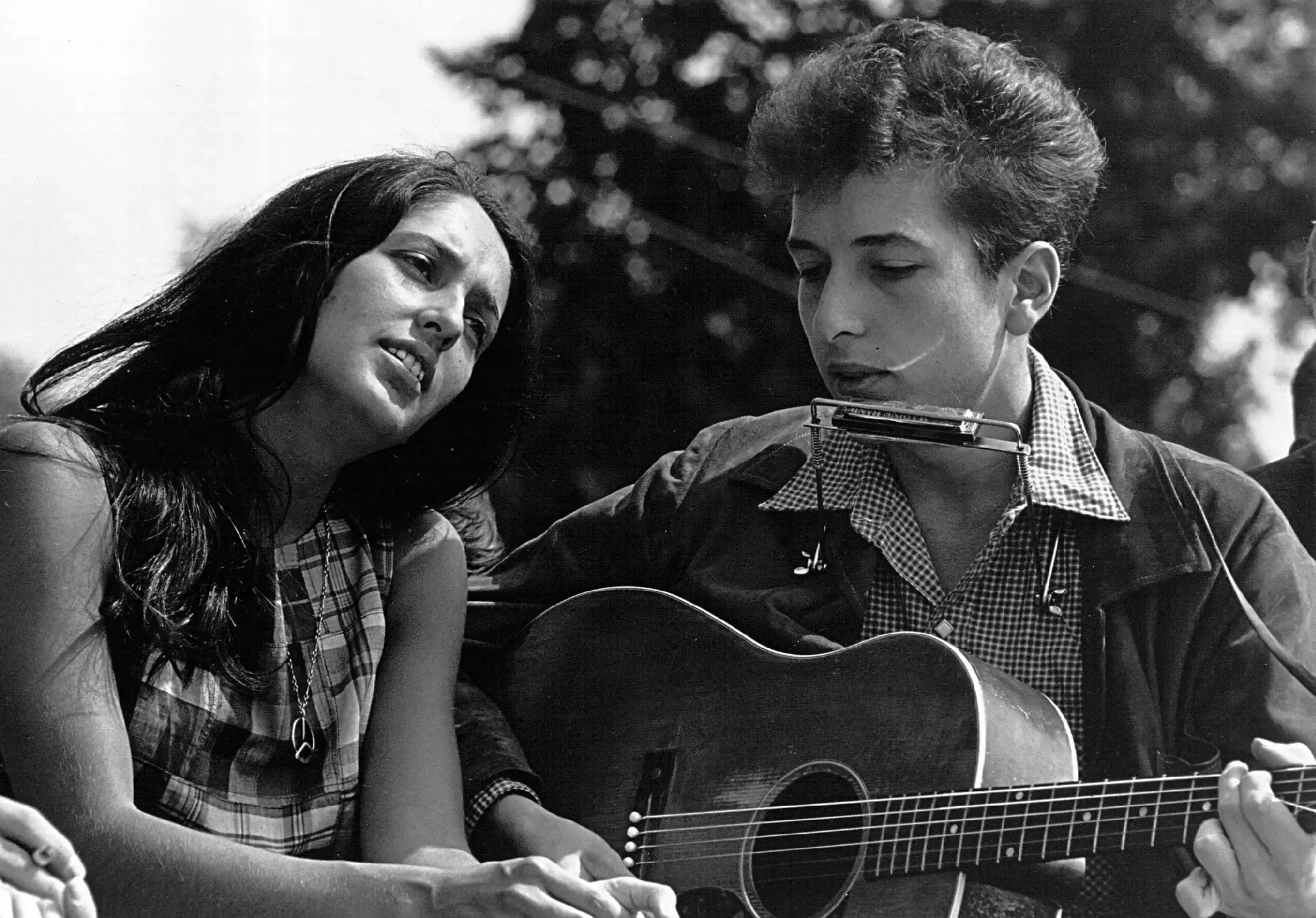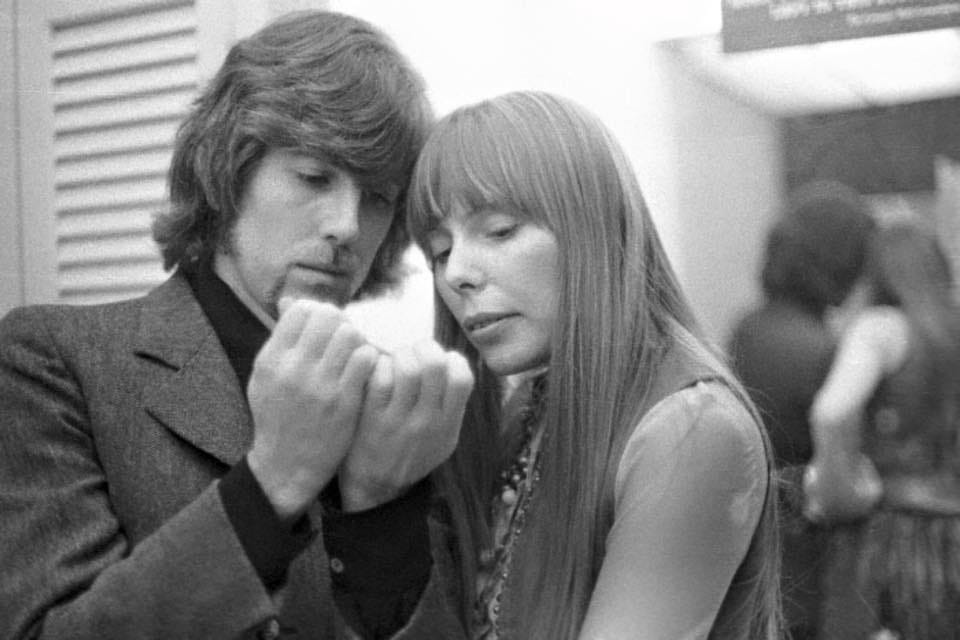TWIL #40: From Stitches to Love Itches

Every Sunday, I share a few of my learnings, reflections, and curiosities from the week. Things I stumbled upon, things I questioned, things that made me look twice. It’s not about being right or complete… it’s about noticing, wondering, and learning out loud.
Thanks for reading. I hope it sparks something for you too.
The story in the stitch
I was looking for a new pair of jeans last week. Nothing special. Just something that fits, feels right, and doesn’t look like I borrowed them from someone younger and cooler.
Then I spotted a pair that caught my eye. Clean, simple, beautifully made. The kind of jeans that seem to already have a story. But when I looked at the price tag, I blinked. Almost three times what I usually pay.
The label said: Japanese selvedge denim. And I thought, what is that!?
So I started digging. And, as so often happens when you follow a small question, I stumbled into a much bigger story. One about care, craft, and the stubborn beauty of doing things the slow way.
It turns out “selvedge” isn’t a brand name or a marketing trick. It literally means self-edge. Denim woven on old shuttle looms that produce a tightly bound edge so the fabric doesn’t fray. These looms weave slowly, one line of thread passing the shuttle back and forth, creating fabric that’s denser, stronger, and full of tiny imperfections. It’s the opposite of fast fashion.

After World War II, when America moved to faster, wider looms, Japan started buying the old ones (Toyoda and G-series shuttle looms) and quietly mastering the lost art of denim. In small towns like Kojima and Okayama, craftspeople rebuilt the tradition thread by thread. They used long-staple cotton, dyed it with natural indigo, and wove it so tight you could almost hear the rhythm of patience in every meter.
Selvedge denim isn’t washed or faded by a factory. You break it in yourself. Every crease, every fade, every pale line on the thigh or knee comes from your own movement, your own life. It becomes a map of time. Your time. That’s why it costs more. You’re not buying a trend; you’re buying something that will grow old with you.
I love that. The idea that our clothes can remember us. That what we wear can tell a quiet story about where we’ve been.
In a world obsessed with speed, Japanese selvedge denim is a kind of rebellion. It says: take your time. Let the story unfold. Let the fabric fade the way you do. Slowly, beautifully, honestly.
I didn’t buy the jeans (not yet). But I can’t stop thinking about them. About the sound of those old looms still clattering away in Japan, weaving something that lasts.
Maybe that’s what curiosity always leads us to: the discovery that behind even the simplest things (a pair of jeans, a cup of coffee, a song) there’s someone, somewhere, still doing it the hard way. Because they believe it matters.
The age that didn’t know its name
No one living in the Middle Ages thought they were in the Middle Ages.
They didn’t wake up in 1215 and think, “We’re halfway through history.”
To them, it was simply now. The Age of Faith, the age of cathedrals, of guilds, pilgrimages, and new ideas. They were building the future, not waiting for someone else to invent it.

The name came later, from Renaissance scholars who wanted to make themselves the heroes of history. They called their own time the Rinascimento, the rebirth, which meant something must have died. So they invented the Middle Ages, a thousand years framed as a dull pause between Rome and Florence (where the Renaissance started), between brilliance and rediscovery.
But when you look closer, that “middle” burns quietly:
- Cathedrals rising higher than any building before them.
- Monks preserving and translating the wisdom of Greece and Islam.
- The invention of the university and the birth of science.
- New art, new music, new philosophy taking root in Latin soil.
- Languages being born in marketplaces, not palaces.
The Middle Ages weren’t dark. Only shadowed by someone else’s light. Maybe that’s true of every age: it doesn’t know its name until the next one needs a contrast.
And maybe that’s the most fascinating place to live: the space between names,
when the next story hasn’t yet decided what to call you.
Love songs between the lines
I watched the movie A Complete Unknown about Bob Dylan's early years on Disney+ this week. I didn’t grow up with Dylan, but the film pulled me in. Since then, I’ve been listening, not just to him, but to the songs that circle around him... the ones written about love, longing, and the people who once mattered too much.
Because I’m a sucker for love stories. Especially the kind where the heart never quite heals straight.

Take Joan Baez and Bob Dylan. They were the golden couple of their time... young, beautiful, and changing the world with guitars and protest songs. But fame and ego and the chaos of the 1960s pulled them apart. Years later, Baez wrote Diamonds and Rust, remembering him not as legend, but as a man she once loved:
“We both know what memories can bring,
they bring diamonds and rust.”
It’s a song that sounds like someone opening an old box of letters. Smiling, wincing, remembering everything.

Then there’s Joni Mitchell and Graham Nash. They lived together in Laurel Canyon, in a small wooden house filled with music, paint, and sunlight. He wrote Our House for her:
“Life used to be so hard,
now everything is easy ‘cause of you.”
It’s warm and domestic, a love song wrapped in the glow of ordinary happiness. But Joni was already drifting away, writing songs like A Case of You:
“I could drink a case of you, darling,
and I would still be on my feet.”
You can hear her knowing it won’t last.... loving deeply, but already letting go.
And then there’s Fleetwood Mac... the messiest, most musical breakup in history. Which you can see in a TV-series as well: Daisy Jones & The Six (I loved this series!). Lindsey Buckingham and Stevie Nicks turning their heartbreak into harmony. He wrote Go Your Own Way, sharp with bitterness:
"Tell me why
Everything turned around
Packing up
Shacking up is all you want to do
If I could
Baby, I'd give you my world
Open up
Everything's waiting for you"
And she answered with Dreams:
“Thunder only happens when it’s raining,
players only love you when they’re playing.”

Two people singing to, and at, each other, night after night, across a stage. Love, performance, survival.

But the story I also discovered while writing this is that of Pattie Boyd. A model and muse, she met George Harrison on the set of A Hard Day’s Night. They married, and he wrote Something for her: one of the most tender songs The Beatles ever recorded:
“Something in the way she moves attracts me like no other lover.”
It’s love in its purest form. Reverent, quiet, true. But then came Eric Clapton, Harrison’s close friend, who fell helplessly in love with Pattie too. Unable to have her, he poured his obsession into Layla:
“Let’s make the best of the situation,
before I finally go insane.”
It’s raw and pleading, a howl of impossible love. Years later, Pattie did leave George... and married Clapton. For a while, it seemed like the fairytale ending to rock’s most complicated triangle. But even that love eventually unraveled, leaving behind songs instead of peace.
Pattie Boyd once said she never felt extraordinary, yet she inspired Something, Layla, and Wonderful Tonight. Imagine that: three of the greatest love songs in history, all written for one woman who wasn’t trying to be anyone’s muse. She was just living, loving, breaking, mending. Like everyone else.
These stories remind me that songs aren’t just about love. They are love.





